I’m currently in Colombia, having recently wrapped up my time in Bogotá. Most visitors will pass through the capital city, the country’s largest airport hub with direct Air Canada flights to Toronto and Montreal.
Here are some impressions from my first visit to Bogotá — some things to do, some stray observations, and some mistakes not to make. Hopefully you’ll find these thoughts helpful as you plan your next South American adventure.
In This Post
- 1. The Weather Is Terrible
- 2. Most People Only Speak Spanish
- 3. Stay in Chapinero for the Ideal Tourist Experience…
- 4. … or Usaquén to Live Like a Local
- 5. Traffic Is a Nightmare
- 6. Get Around with Taxis and Uber
- 7. Focus Your Sightseeing in La Candelaria
- 8. Do a Graffiti Tour
- 9. Embrace High-End Dining in Zona T and Chico
- 10. Take a Day Trip to the Salt Cathedral or a Paragliding Excursion
- Conclusion
1. The Weather Is Terrible
No matter what the forecast says, expect sunny with a chance of thunderstorms, every single day.
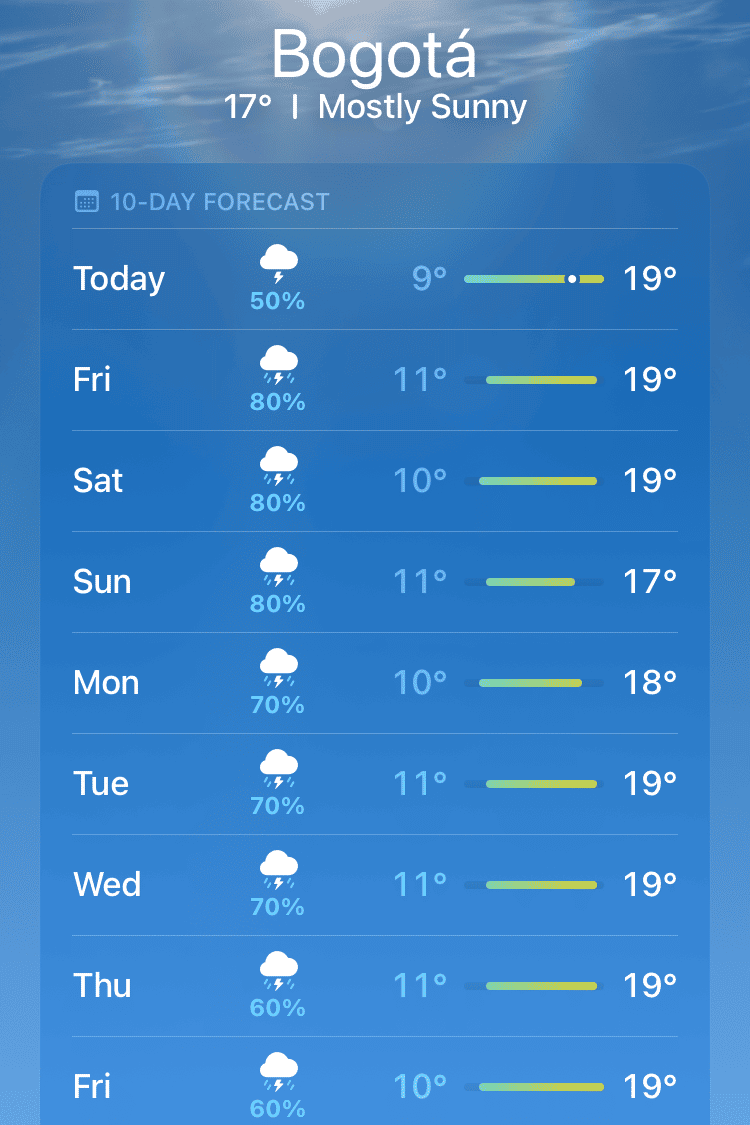
Bogotá gets tropical torrential downpours, intensified by the mountainous geography. When it rains, it’s punishing and relentless. Luckily, rain that heavy is unsustainable, and it’ll usually lighten up within an hour or two, if not clear up entirely.
Weather is typically better in the morning and worse in the afternoon. If you leave your accommodation for the day under blue skies, bring a rain jacket. Wear boots instead of soft runners. You’ll regret it if you’re unprepared.
While precipitation can be managed with adequate clothing, the rain comes down harder and faster than it can drain from the streets, leaving deep waterways for pedestrians, motorbikes, and cars alike to contend with. Most people simply take shelter instead.
I had planned to do a walking tour that claims to never cancel due to the weather. It was cancelled. Be adaptable, have some indoor backup plans in mind, and don’t be afraid to enjoy some imposed downtime.
Also, keep in mind that Bogotá is at a high elevation, so dress for mild weather at any time of year.
2. Most People Only Speak Spanish
For a capital city, I was surprised by how few people spoke a word of English.
As much as I hate to admit it, my Spanish is borderline nonexistent. In spite of that, I managed to get by without too much difficulty, even maintaining a few broken conversations with taxi drivers.
In a way, it was quite refreshing to know I wasn’t in gringo territory. It adds to the feeling of Bogotá as a real city with real people going about their lives, as opposed to a tourist trap in an up-and-coming country on the Western world’s radar.
Just know that a few basic phrases are absolutely essential, in spite of Colombia’s emergence as an attractive destination. But a few basic phrases may very well be sufficient.
3. Stay in Chapinero for the Ideal Tourist Experience…
I chose to stay in Chapinero for its reputation as a safe, central area with lots of good restaurants and bars.
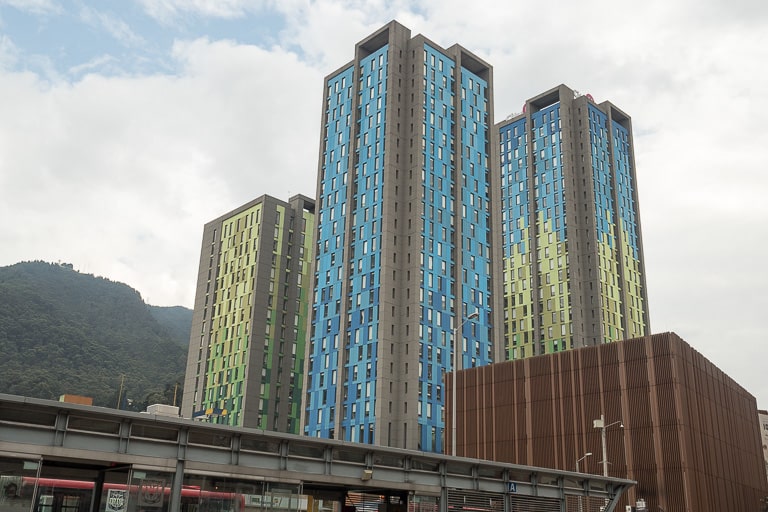
Chapinero is full of newer apartment buildings, with a mild yuppie vibe without being ostentatious. There’s a lot of urban green space, including trees, parks, waterways, and routes for pedestrians and cyclists.
I found some good restaurants near my accommodation in Zona G, but the most lively part of the area is Zona T or Chico (near Parque de la 93), being more densely-packed with good eats and drinks. The whole area is quite walkable.
I also discovered some unassuming local dive bars, packed on a weeknight with local groups of friends just hanging out and living their lives.
I spent two nights at The Artisan DC Hotel, a Marriott Autograph Collection property. I enjoyed my stay there and would recommend it to anyone looking for a comfortable option close enough to tourist attractions, but outside the fray of La Candelaria.
4. … or Usaquén to Live Like a Local
I also spent a night at the W Bogotá, a bit further north in the Usaquén neighbourhood.
Despite being a bit of an embassy district, Usaquén is less buzzing with businessmen and high-end restaurants than Chapinero. It’s another affluent part of town, but with more hipster energy — just as lively, but at a slower pace.
I spent a lovely afternoon café-hopping, working from some incognito haunts with Colombian coffee in hand. I also enjoyed some fantastic cocktails and light bites at Pedro Mandinga, a local rum bar.
Many locals were also wearing masks in public, even outdoors on the sidewalks. While not mandatory, I took this as another indicator of higher levels of affluence and education in this part of the city — and indeed, you’re much less likely to get hassled by a street vendor compared to a tourist district.
The downside of staying in Usaquén is that you’ll be quite a bit farther from many tourist attractions. Depending on how much time you plan to spend in the city, that might be a deterrent, especially because…
5. Traffic Is a Nightmare
Bogotá is Colombia’s most populous city, with over seven million residents. As the country’s capital, there’s always a lot of activity going on, whether commerce, governance, or leisure.
It’s also quite spread out. A number of major sights and desirable accommodations aren’t very close to each other.
You don’t want to get burnt out getting to and from your attractions amidst a jam-packed tourist itinerary. Even from Chapinero, I wasn’t keen on walking much farther than the bars and restaurants nearby.
The grid is complicated. Many streets are one-ways or hard-to-cross avenues. Roads of all shapes and sizes are built into the mountainside.
Put it all together, and getting around by car is dreadful. It might take you five minutes to circle a city block.
That said, you’ll probably want to get around by car for the most part anyway. Just be patient, and trust that your driver’s GPS will account for traffic delays.
6. Get Around with Taxis and Uber
I did all my car travel in Bogotá and other big cities with licensed taxis and Uber. I had no issues with either, and found both to be exceptionally safe.
Some people recommend white taxis over yellow taxis, but I didn’t notice a difference. As long as the car has the license plate painted on the side for some “multi-factor authentication”, you’re good to go.
In Colombia, Uber is technically a “don’t ask, don’t tell” situation, but it’s totally fine to use. You’ll notice that the drivers don’t have an Uber badge in the window, so you’ll need to look for the license plate as you await your ride. I did have a few rides cancel on me, so don’t wander out of Wi-Fi range while you wait.
Generally, I took Uber out (booking with Wi-Fi from the hotel), and hailed a taxi back (with cab stands plentiful at tourist attractions).
You can also try Cabify, a local ride-booking app in the same vein. I didn’t use it myself, but it sounds like it works like Uber but is a bit more … legal.
7. Focus Your Sightseeing in La Candelaria
The saving grace of Bogotá’s traffic challenges is that most of the major tourist attractions for a first-time visitor are concentrated around the same area.
Start your day early with a trip to Monserrate. You can hike or take the funicular, but keep in mind that the trail is closed on Tuesdays. You’ll find a monastery at the top of the mountain, with sweeping views of the city and a market full of local shops and eateries.
Grab an empanada on your way down the hill to La Candelaria, Bogotá’s central historic district. Stop at Casa Museo Quinta de Bolívar for an introduction to Simón Bolívar, the leader of Colombia’s fight for independence from the Spanish Empire, influenced by Enlightenment philosophy and inspired by other revolutions around the world.
Don’t miss the Gold Museum, where you’ll learn about the metals and stones used by many different cultures inhabiting the region over the past few millenia. There’s a lot of information about the socioeconomic and spiritual significance of different materials and symbols, as well as the geography of the country’s resources.
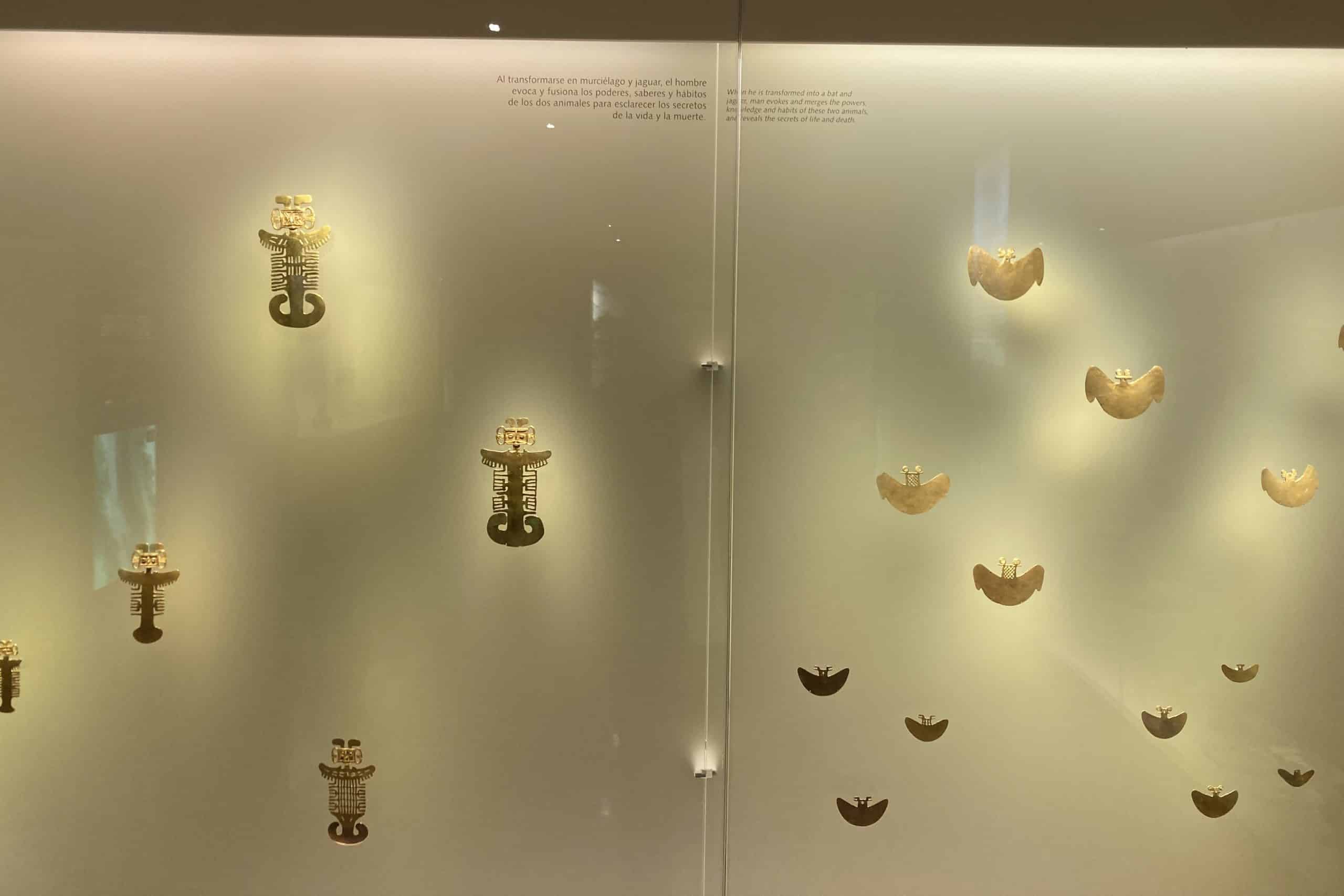
There’s also Museo Botero, a gallery showcasing a famous Colombian painter’s distinct works. The artist donated his paintings on the condition that they be made available to view for free. I didn’t have time to visit myself, but if I know our audience here at Prince of Travel will jump at a free attraction. 😉
Stroll down Carrera 7, a pedestrian street extending through the neighbourhood with plentiful street food and people-watching.
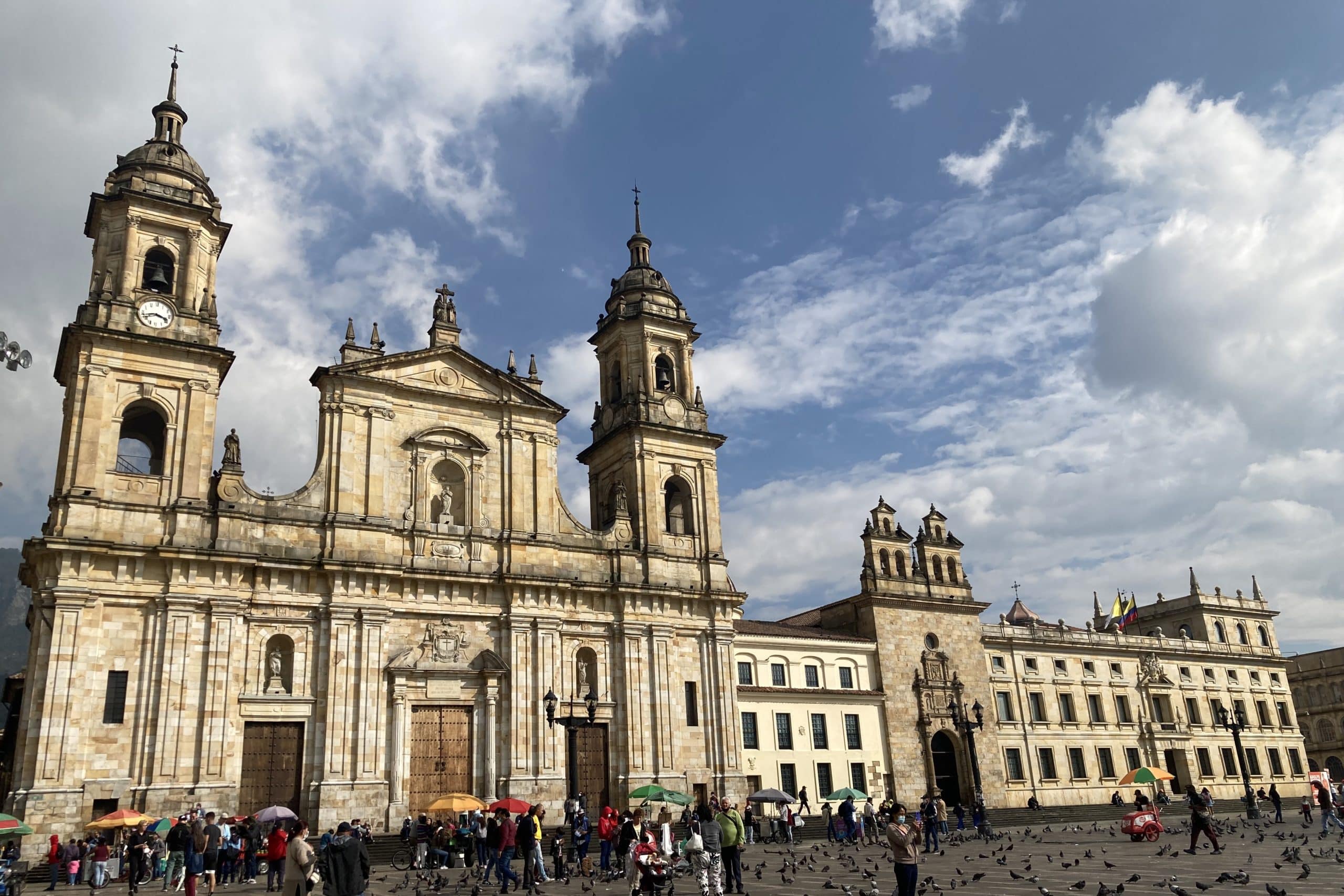
Pop into Chorro de Quevedo, a quaint public square buzzing with small shops and hole-in-the-wall establishments to grab a well-priced bite or beverage.
Try chicha, a thick but light fermented corn beverage, which you can buy from street vendors. Check out La Puerta Falsa, the oldest continuously-operating restaurant in the city since the mid-1800s.
Finally, most walking tours will take you through La Candelaria, so you can tack one on before or after another attraction.
8. Do a Graffiti Tour
I’ve split this one out into its own section because it’s easily the most enriching tourist activity you can do in Bogotá.
La Candelaria is brimming with a vibrant tapestry of street art. We explored the definition of graffiti as a subset of street art, the history of street art as it emerged from American hip-hop culture, the role of women as street artists, the ways that modern artists pay tribute to indigenous experiences, and the clashes between artists and police as the city has gradually embraced and legalized the practice.
Street art is a living entity, always changing. Some artists paint over their own murals, whether commissioned or spontaneous, creating art with the intention that it is temporary. One piece was so new that our guide had never seen it before, and he runs these tours almost every day.
The graffiti tour wasn’t just an art tour. Graffiti is highly political in nature, and we talked a lot about Colombia’s complex modern political history.
Even as recently as the past 20 years, the country has seen shifting alliances between the national army, left-wing guerrilla fighters, and privately-funded right-wing paramilitary groups.
With each jockeying for control often through violent means outside the law, communities have been wrenched apart — and citizens are ripe for artistic expression.
I did a tour with Bogota Graffiti Tour, the original graffiti tour company in Bogotá. Their tours are free, and you tip the guide at the end — a format which I’ve always found immensely enhances the quality of the experience.
The graffiti tour was the first thing I did in Colombia, and I would highly recommend it. I love starting a trip with a walking tour, as it sets the stage for the rest of what I’m about to discover. If you have time for one specific activity in Bogotá, make it this one.
9. Embrace High-End Dining in Zona T and Chico
Chapinero has good food all around, but these parts of the neighbourhood are loaded with fantastic restaurants.
Colombian cuisine has a reputation for being tasty, but not remarkably interesting. It’s a lot of fried meats, cheeses, and corn bread.
Instead, Bogotá’s culinary strength is its international cuisine and fusion, where you can get excellent meals for a fraction of the price you’d pay in Canada.
Don’t skimp on fine dining entirely just because you can survive on cheap and delicious local grub. Save your street food fix for snacking your way through the tourist areas, and don’t forget to treat yourself a little.
In particular, splurge at Osaka, a Japanese-Peruvian fusion restaurant. It’s worth it. (It may come up as Osk on Google Maps.)
10. Take a Day Trip to the Salt Cathedral or a Paragliding Excursion
A couple hours north of Bogotá in the town of Zipaquirá, check out Catedral de Sal. It’s a working salt mine and an active monastery, all in the same facility.
I opted not to visit the Salt Cathedral, as it’s a long day trip. But the impression I get from other travellers is that it’s well worth the visit, if you can spare the time.
Another one I didn’t have time for, paragliding, is the go-to adrenaline activity in Bogotá. If you don’t have time to visit a small adventure town, this is the place to get your fix.
Bogotá is nestled against the mountains, making for some stunning views of the city and the landscape surrounding it.
While the geography makes for a challenging climate, the silver lining is that the very same geography provides ideal conditions to experience the region from the air.
Conclusion
I liked Bogotá a lot. The trouble is that I’ve liked everything else in Colombia even more.
To me, Bogotá felt like a city for locals, a fantastic place for all sorts of people to thrive going about their daily lives, but with something lacking for visitors.
As I planned my trip, Bogotá kept coming up with question marks, as the one major destination that many people say doesn’t live up. I’d agree somewhat that it’s skippable because it doesn’t offer as much for tourists, and you can get a better version of much of the same experience in Medellín.
Even so, I’d say it’s absolutely worth a visit; it would just be the first thing I’d cut if I were short on time.
Use your time wisely, as you probably won’t stay excessively long: pick your accommodation based on location, plan your sightseeing efficiently, lean into the city’s strength as a foodie haven, and definitely prioritize a graffiti tour.






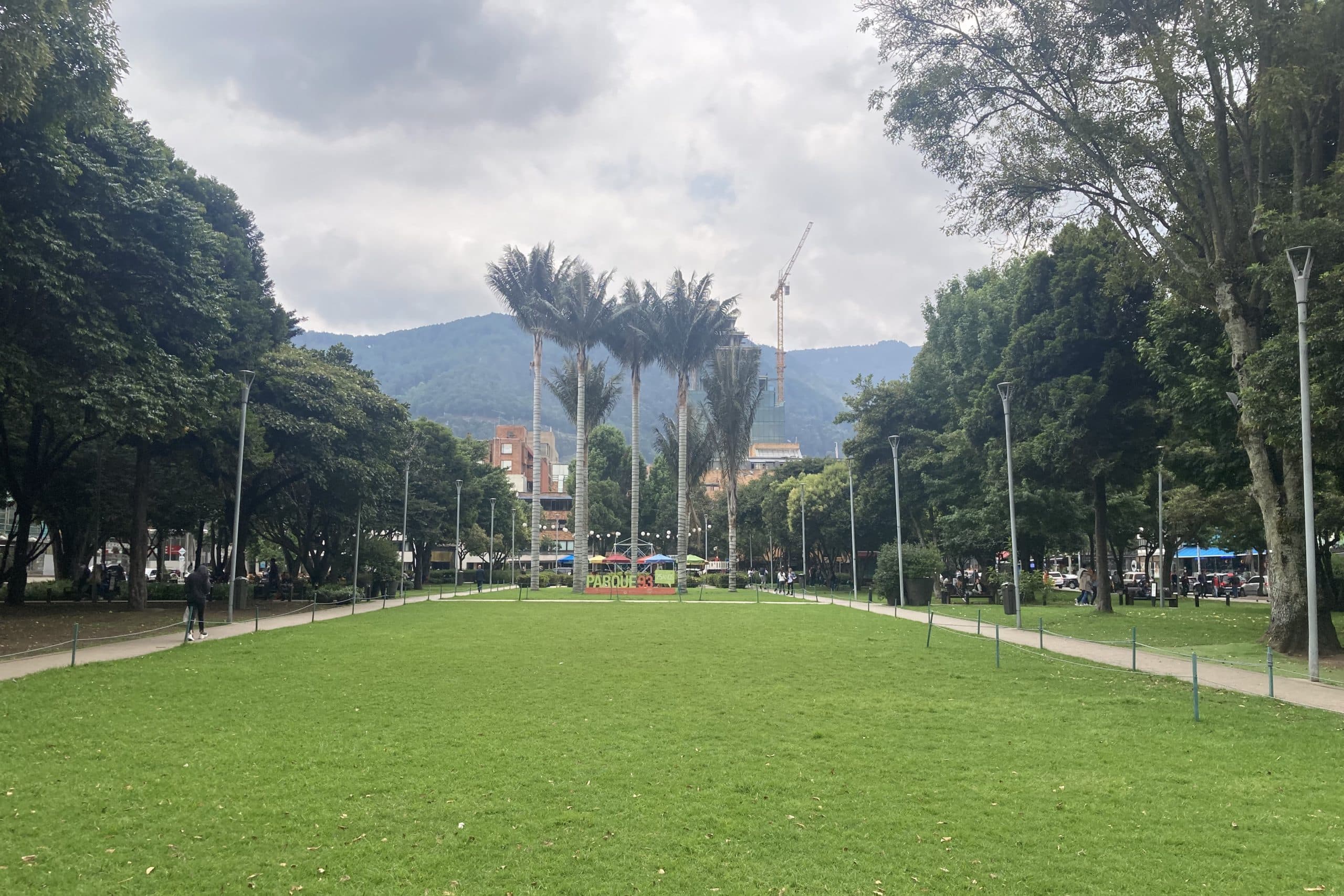
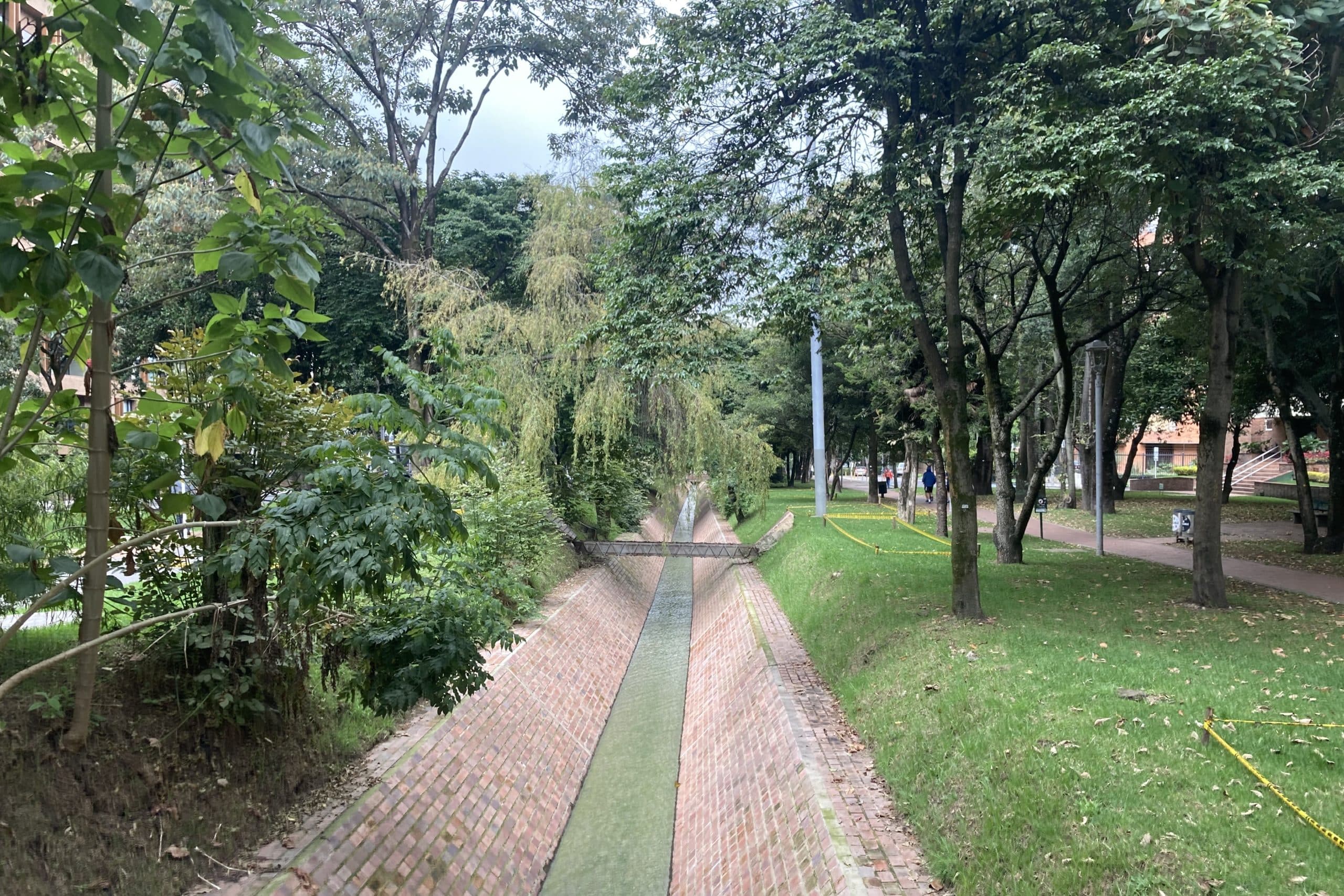
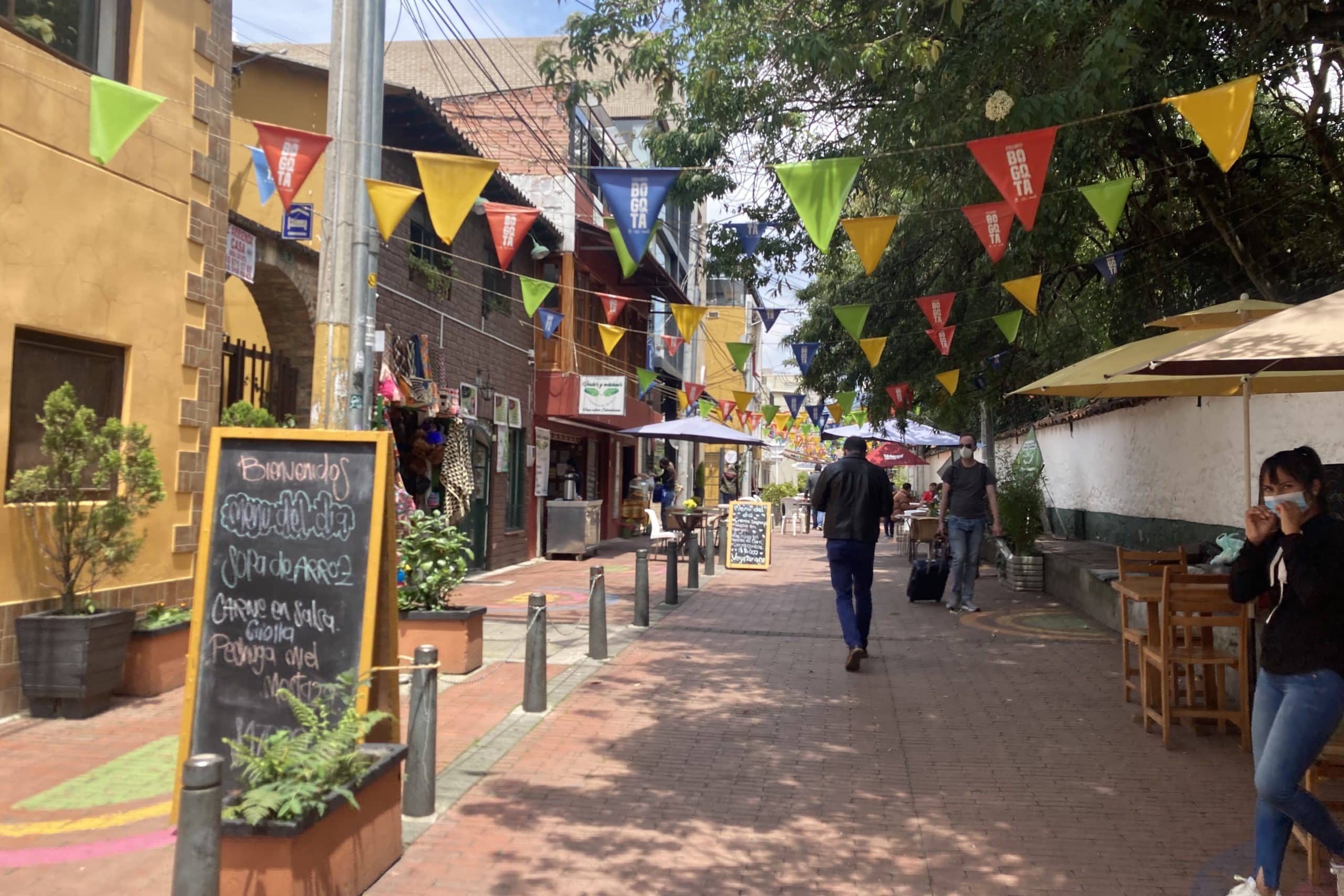
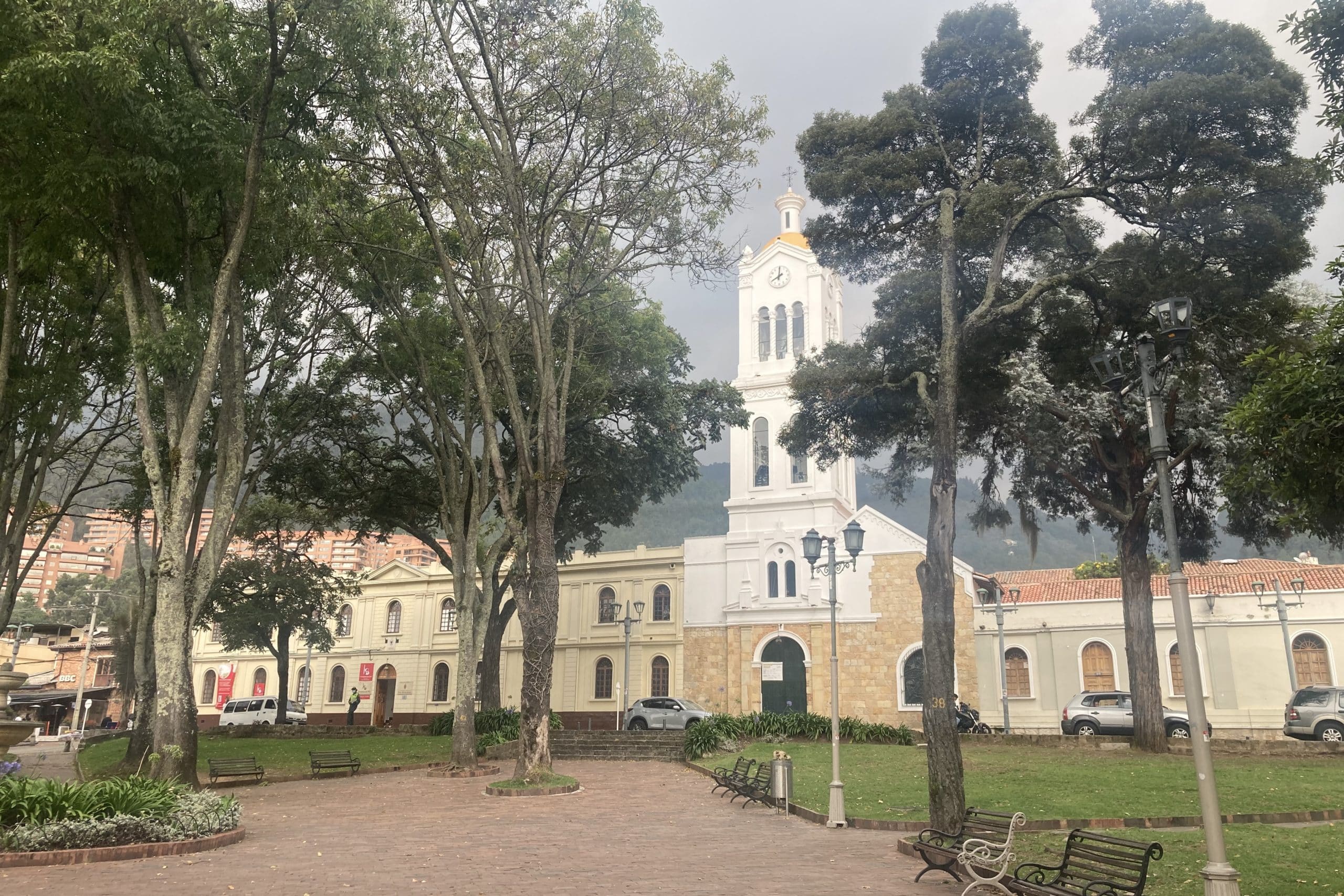
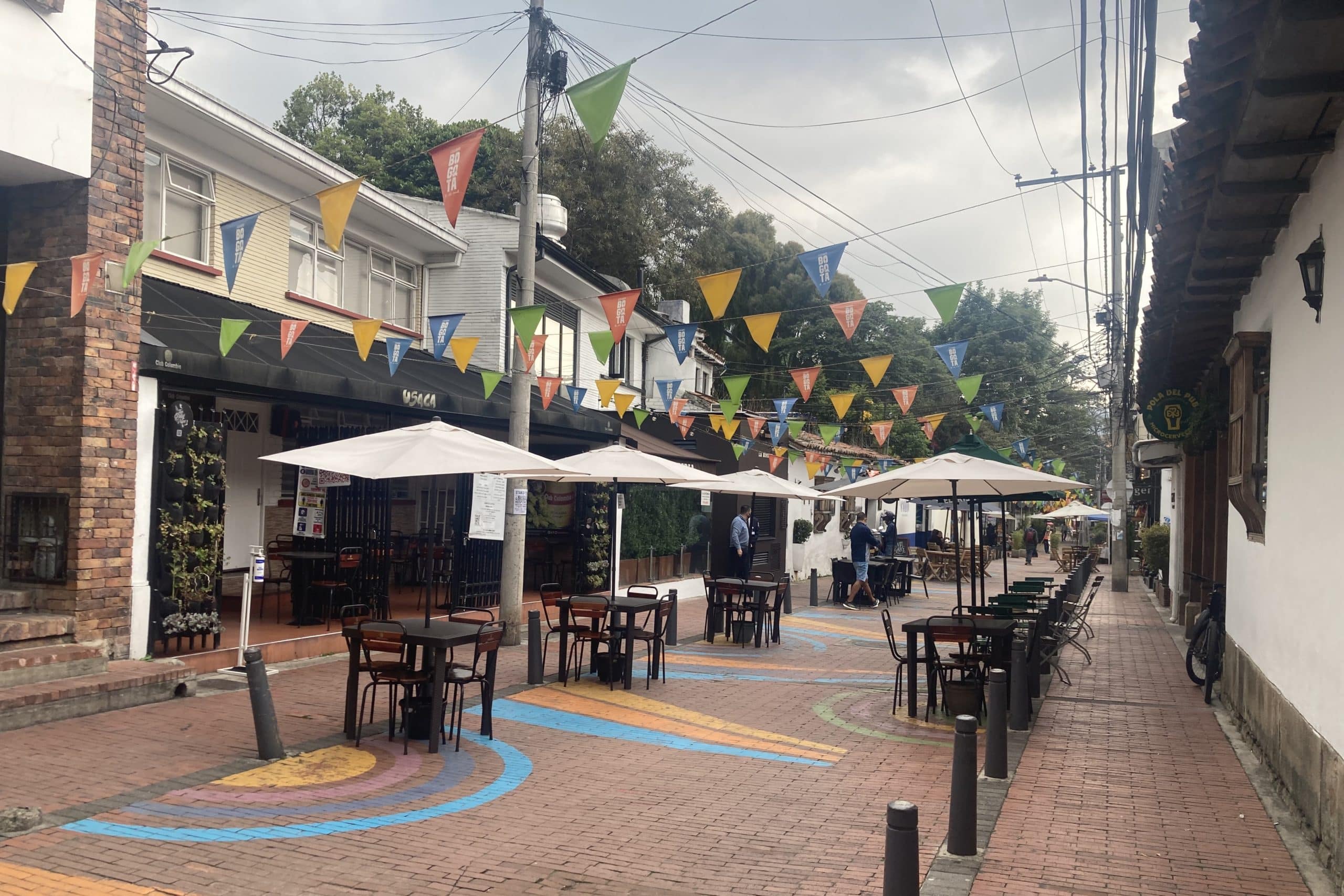
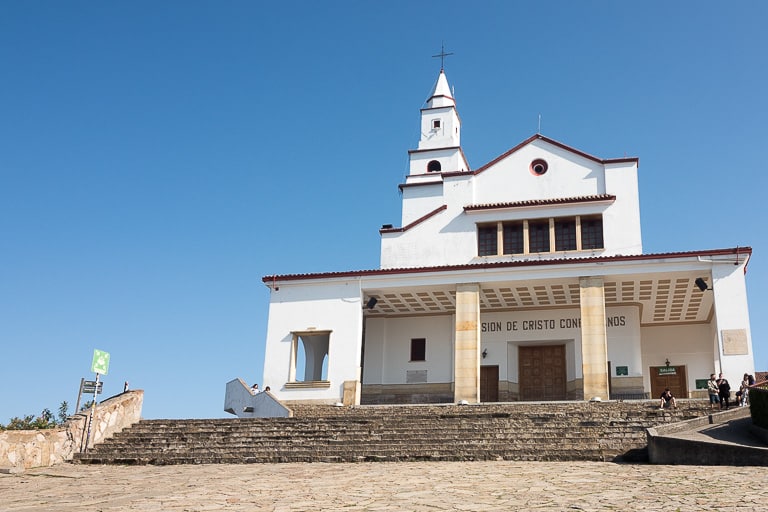
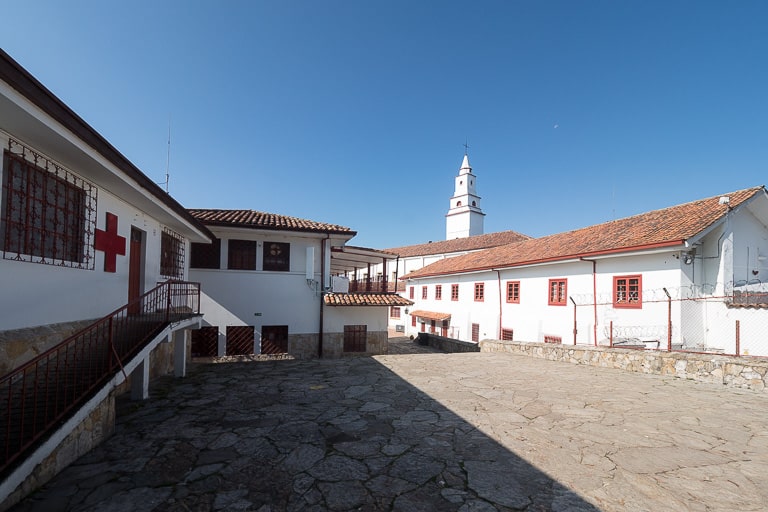
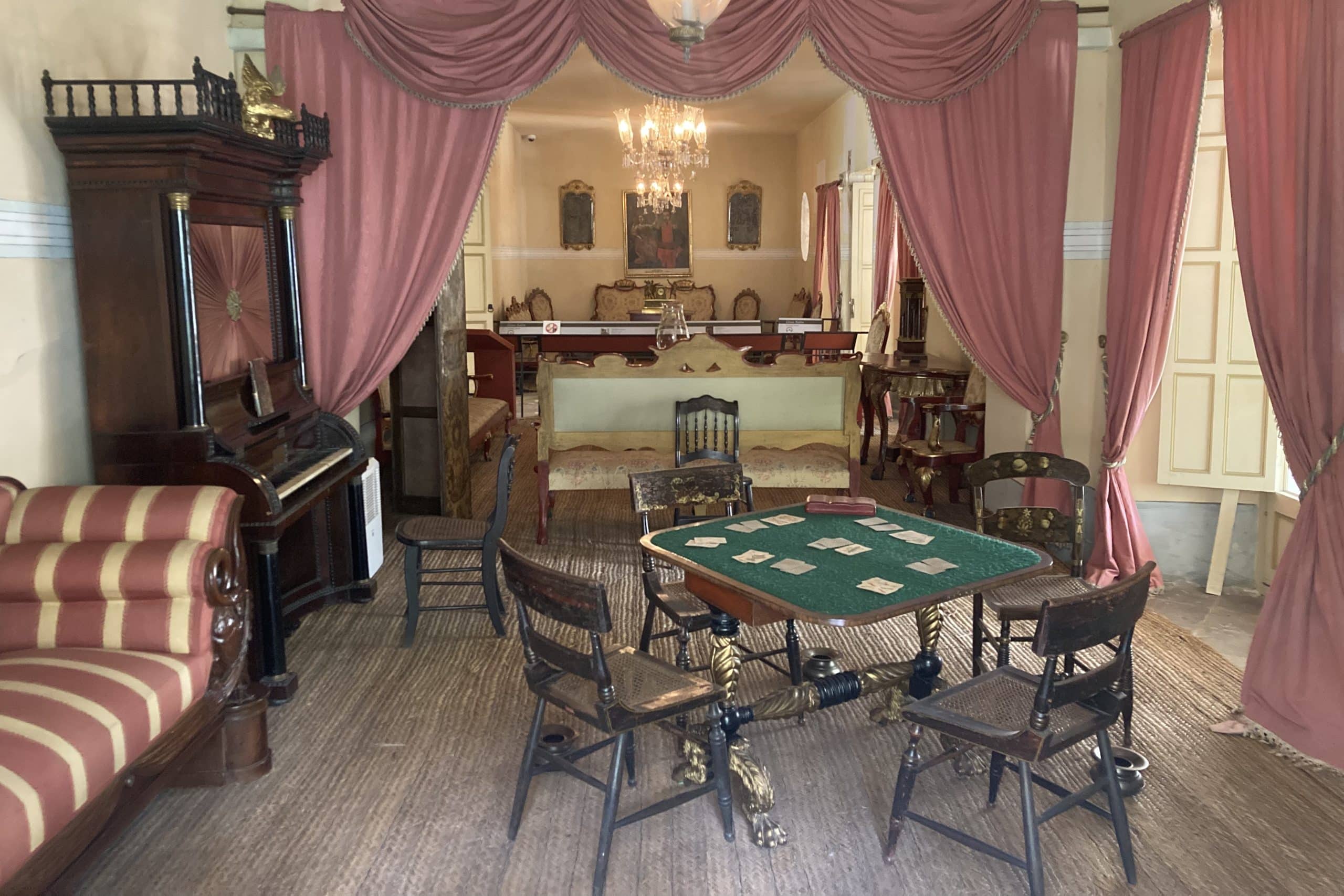

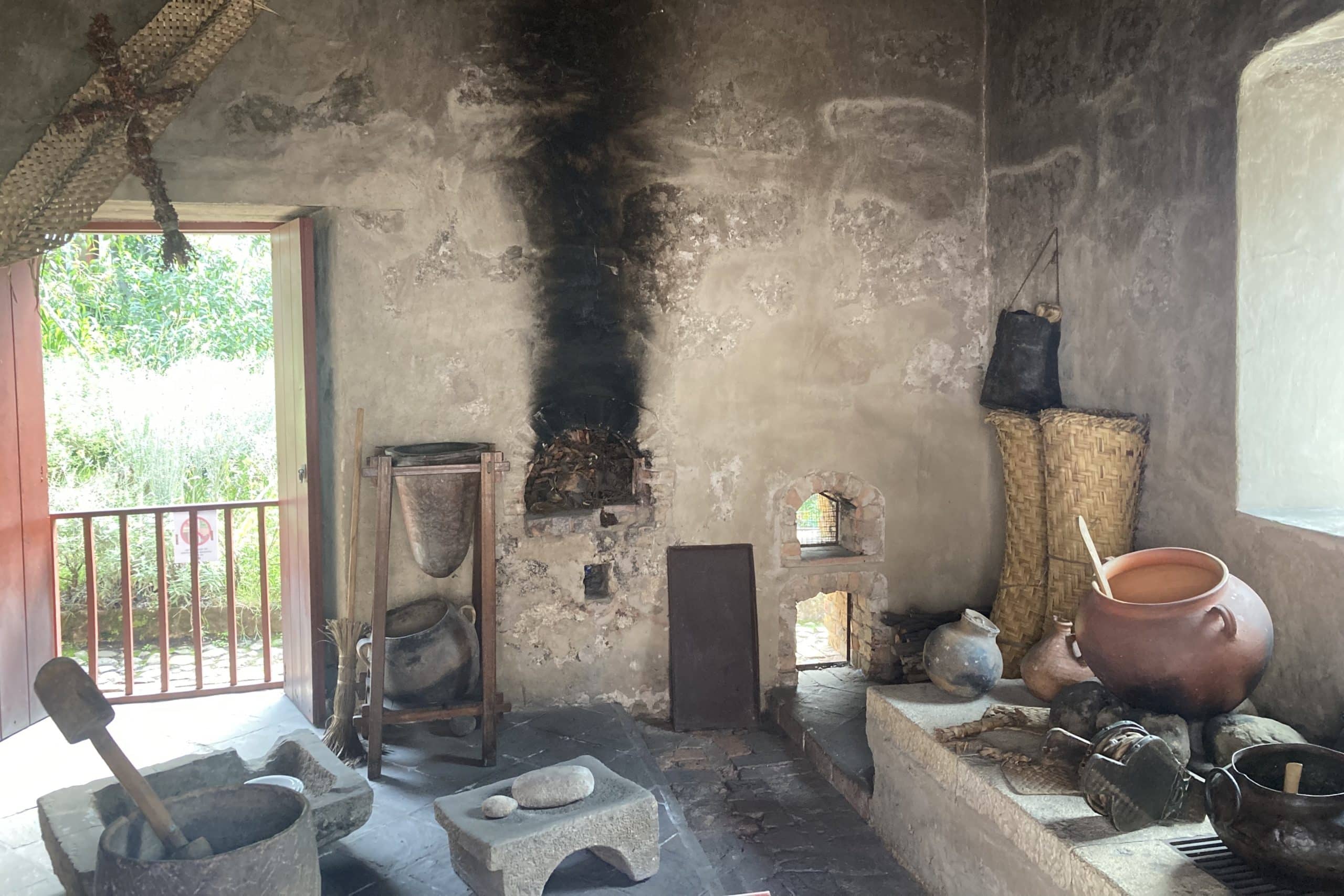

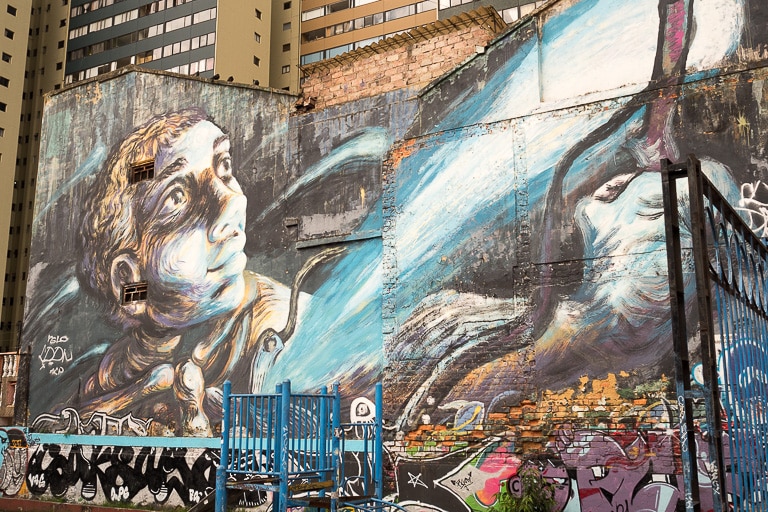
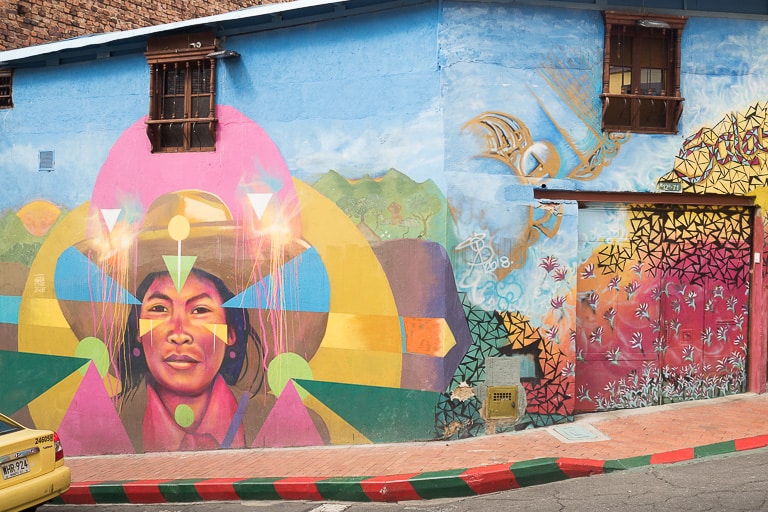
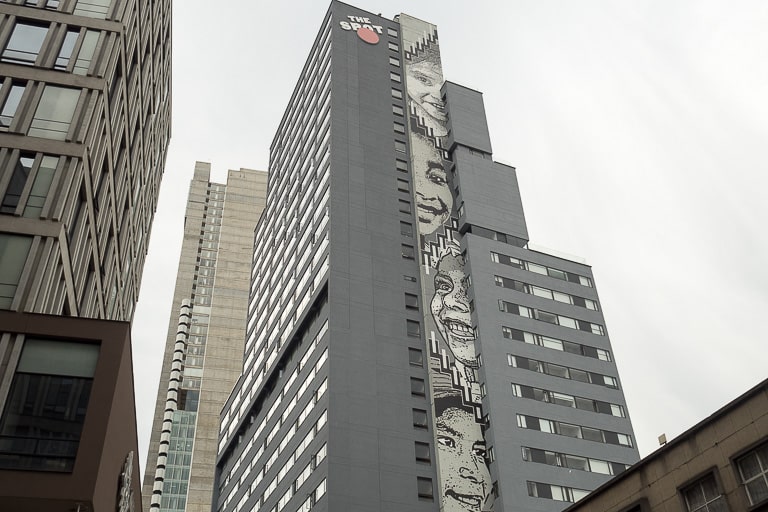
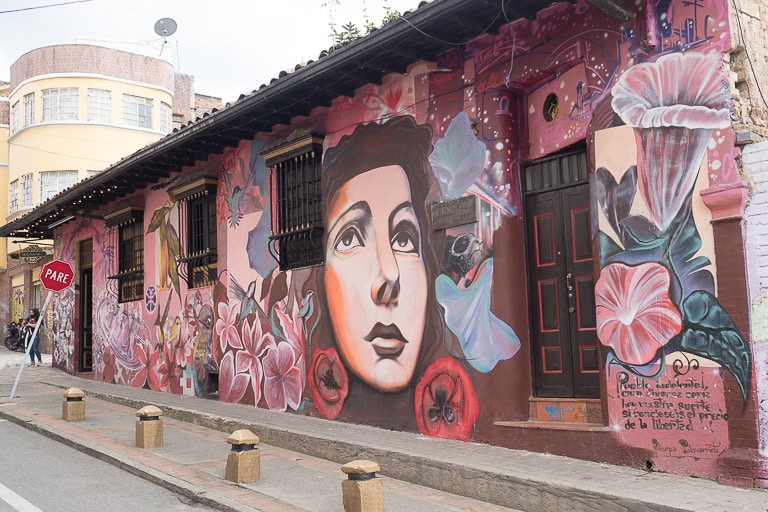
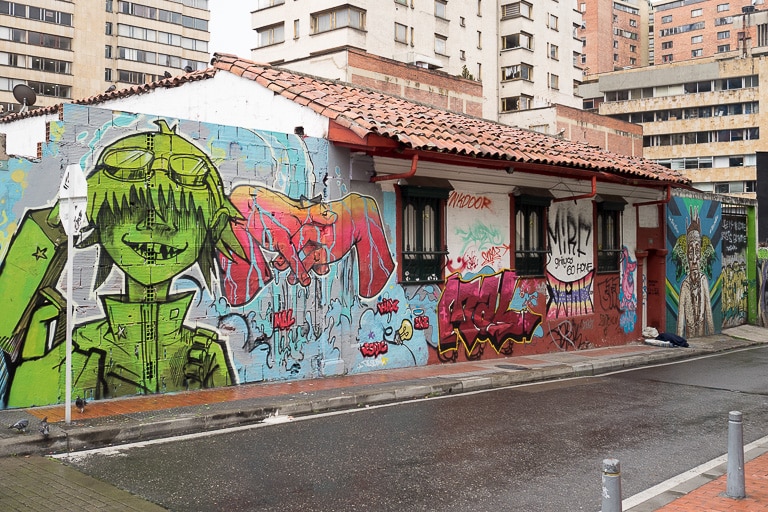

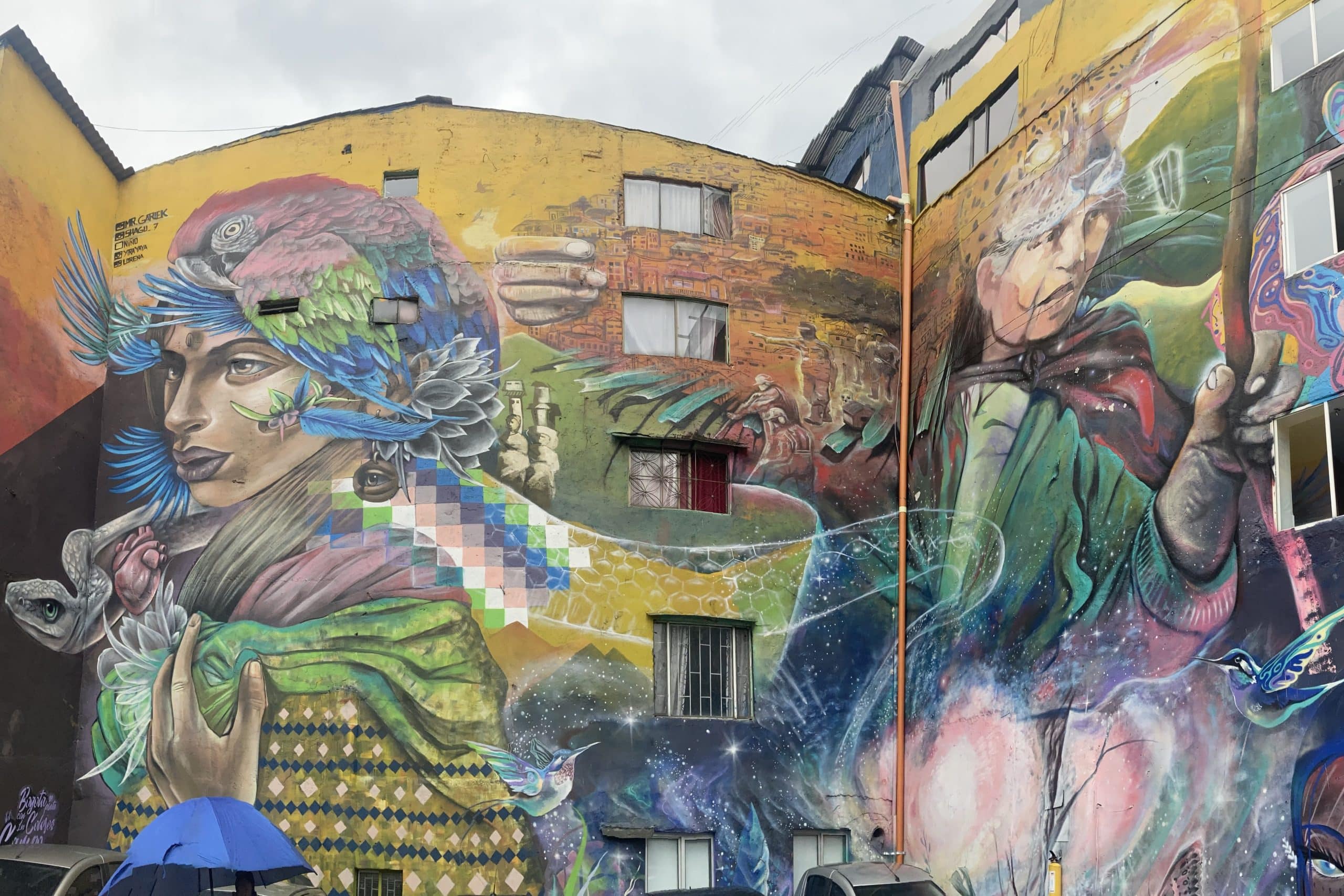
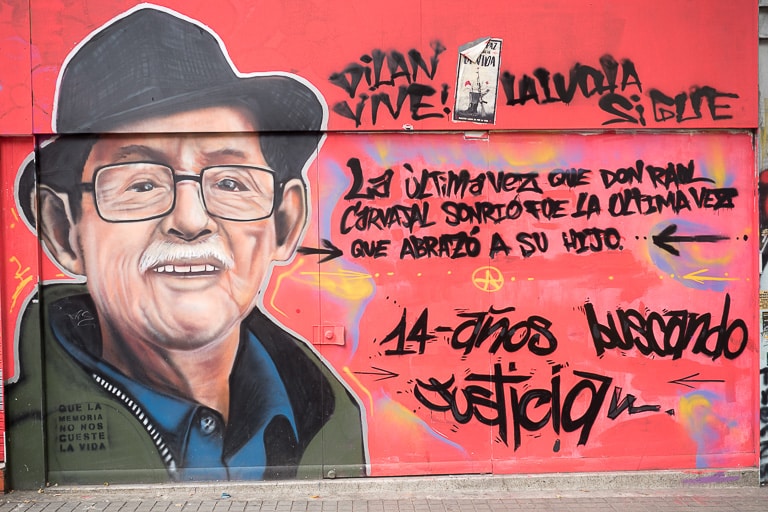
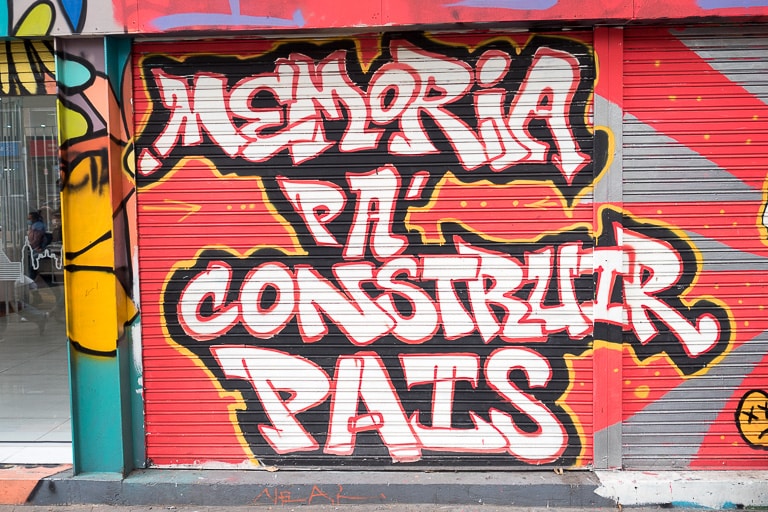
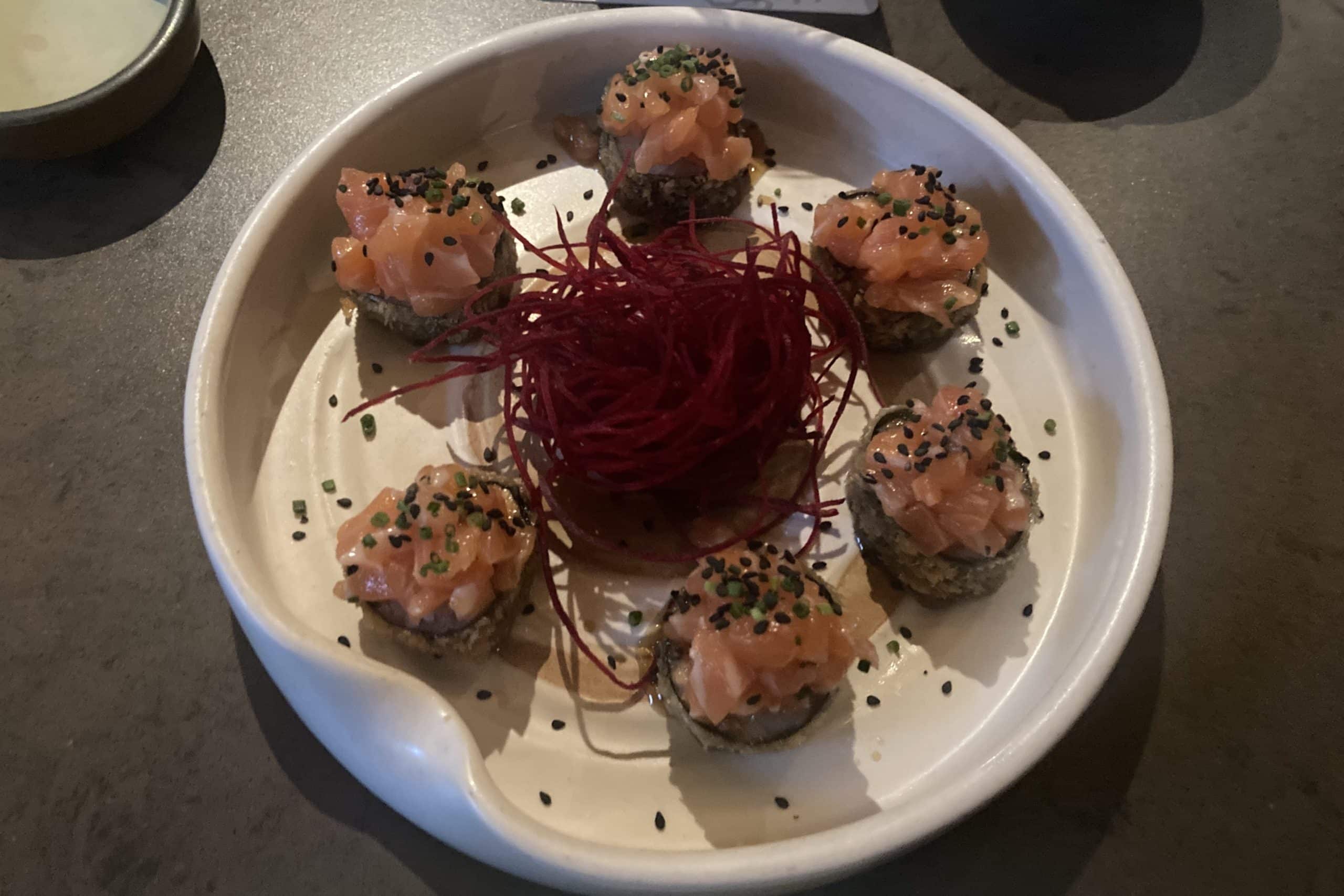
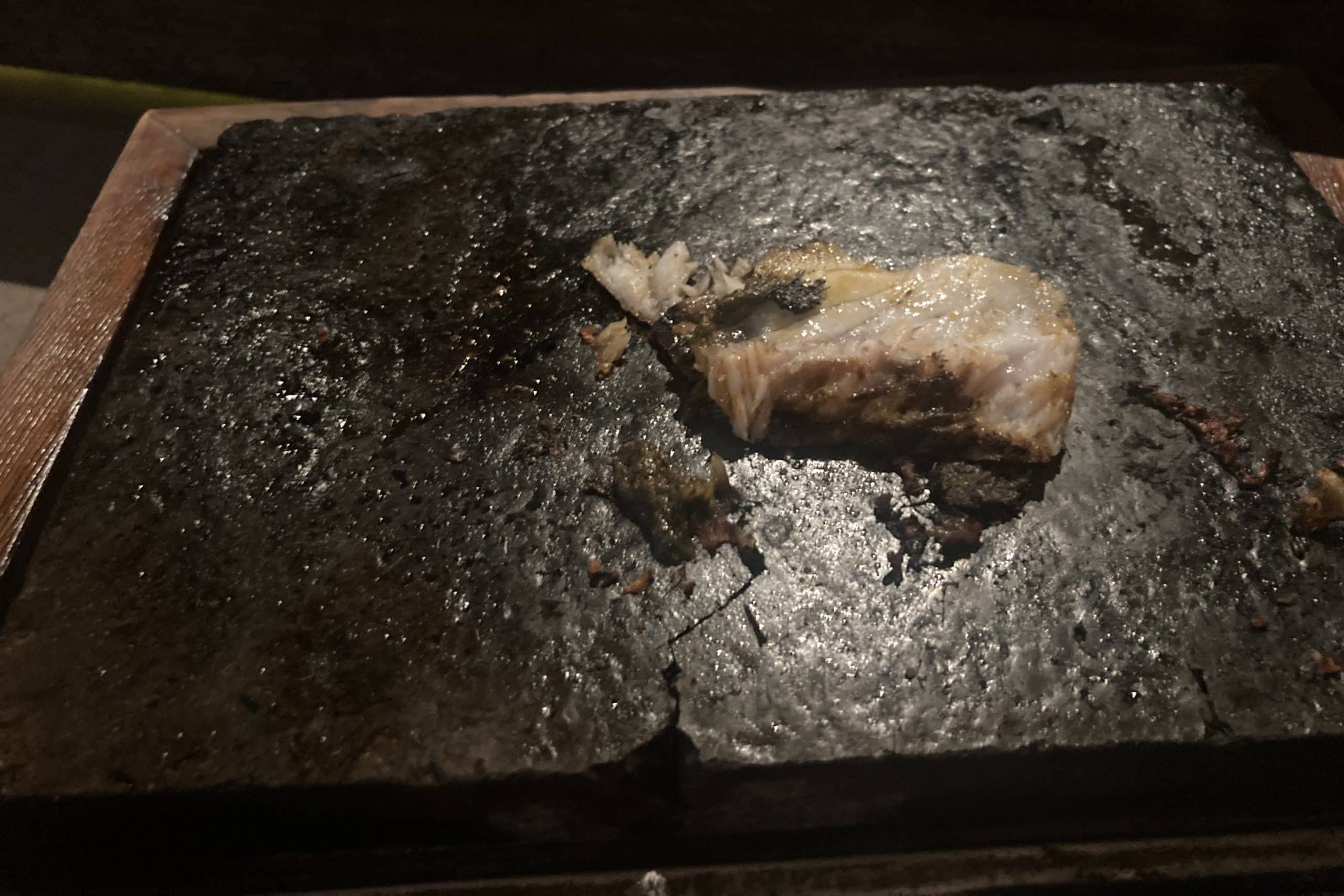














Great insights of Bogota.
You went in a raining season so expect changing weather every hour, this is typical in Central and South America. Also, in Bogota it may be warm in the day but chilly in the evening and you need a jacket.
Zona T is more like Yonge and Bloor in Toronto, full of shopping malls and nice restaurants. Most backpackers stay in the La Candelaria area because it nears to most tourist spots, many local restaurants and feels more like South America but once it gets dark, you are pretty much taking taxi wherever you go as it’s not safe to walk at night as opposed to Zone T and Parque 93 in the North.
Didi is also popular in Bogota and I believe they had better rate compared to the other two riding Apps you have mentioned above.
Sounds like you really enjoyed the city and if you do go back in the future, you should visit Zipaquirá for sure, very nice and it’s underground, try to make friends with some Uber or Didi drivers and negotiate a rate with them Approx. $60 – $80 with return, other things to do is try to eat a lot of different local exotic fruits, you can even get Uchuva (golden berries) in the supermarket here but at least 3-4 times more expensive, also visit some coffee farms. Colombian coffee is famous with good quality:)
Great additional information, I agree with all of what you’ve said!
I did actually try some exotic fruits and coffee, which I’ll be covering in upcoming articles.
Josh, the country is indeed “Colombia” but the era is pre-Columbian as in before Columbus. https://en.wikipedia.org/wiki/Pre-Columbian_era
Interesting write up. I used to live in Bogotá when I was in a kid but that was a long long time ago. I would love to go back. I’m anxious to read about your continued travels.
I’m on Colombia autopilot! Good distinction.